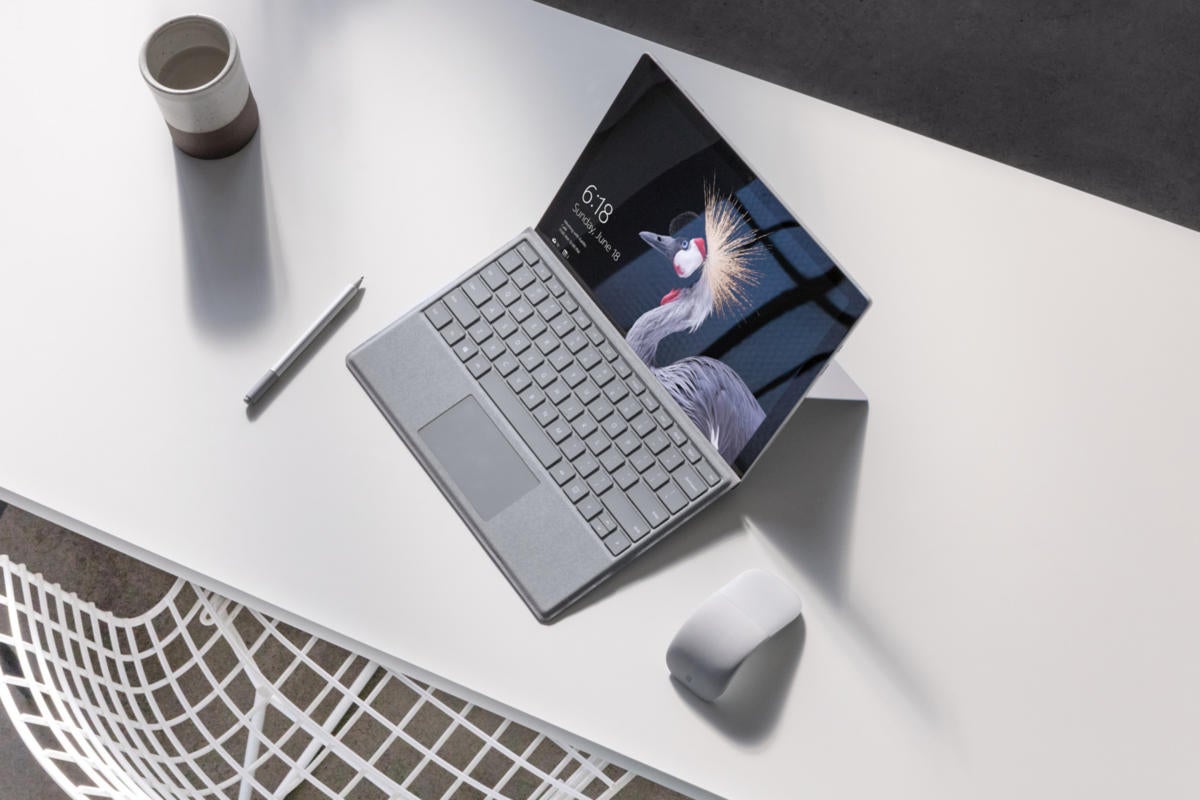These tech tools and software make it easier to stay productive from home.
Microsoft
Today’s Best Tech Deals
Picked by PCWorld’s Editors
Top Deals On Great Products
Picked by Techconnect’s Editors
Laptops work great on the road or in the classroom, but now that so many of us have been suddenly thrust into working from home and distance learning, you may be realizing that your tiny notebook isn’t optimal for being pounded on for eight hours straight. Yes, it can get the job done. But with a little help, your laptop can get the job done so much better.
We’ve rounded up a list of gear and services that can make working from home and distance learning just a little bit easier, because the less added stress in your life right now, the better. You won’t find big, pricey, obvious stuff here; you already know that if you can devote extra space and cash toward a proper desk and an office chair, you’ll be more comfortable. Instead, we’re focusing on more affordable accessories that can help smooth off some of the rough edges of full-time laptop life.
Actual laptop recommendations are beyond the scope of this article as well, but if you need some assistance there, be sure to check out our guides on what to look for in a home laptop, and our expert evaluations of the best-selling laptops under $500. We also maintain buying guides for our favorite laptops overall and the best gaming notebooks.
With all that out of the way, let’s dig into the gear that can make working from home easier. We’ll start with the most helpful (and perhaps more obvious) ones, then move into more specialized scenarios. Skip ahead if you’ve got the basics covered, though we’ve also included information on how to repurpose tech you already own in some sections.
A mouse
 Logitech
LogitechLogitech’s MX Master 3
Yes, your laptop has a trackpad. But even the best trackpads feel cramped and suboptimal during extended sessions. And frankly, the trackpads on most laptops suck. Enter the humble mouse.
Any mouse will be better than using your trackpad all day, and all you need to do is plug it into your notebook’s USB port. Amazon’s own basic mouse costs under $8 and ships in under a week, or $13 if you want a wireless model. The popular M525 sculpted ergonomic mouse from Logitech was made to fit comfortably in your hand, and it can work wirelessly for up to three years before you need to swap out the batteries. Features like that are well worth its $25 asking price.
But there’s no reason to stop at basic mice. If you don’t mind getting a bit more adventurous, spending more on a premium specialty mouse can pay dividends. I’ve been using Razer’s $70 DeathAdder Elite gaming mouse for years; its long cord, customizable profiles, and fast, sensitive optical sensor provide tangible benefits even outside of games. The $99 Logitech MX Master 3 earned 4.5 stars and our Editors’ Choice award for its superb design and sublime features. “The MX Master 3, in particular, raises the bar, transforming the mouse from a simple input device to a multi-function tool that can dramatically enhance productivity,” we said in our review.
PCWorld executive editor Melissa Riofrio swears by the $30 Logitech Pebble M350 wireless mouse. “The Logitech Pebble MX350 is easy for me in every way,” she told me. “It’s compact, so I can tote it easily from kitchen counter to dining table or desk. It doesn’t need much space to mouse effectively, and because it’s optical it can handle uneven surfaces like my slate-topped coffee table. The mouse buttons and scroll wheel work smoothly, and they’re quiet, so I’m not bugging family members working or studying nearby. Installation is dead-simple using a USB dongle or Bluetooth. For just $30 on Amazon, it’s a very affordable way to make mobile computing a lot more comfortable.”
You’ve got options! Just get something and kick that trackpad to the curb. We’ve got a guide to the best gaming mice if you want to try out the high-sensitivity life.
A keyboard
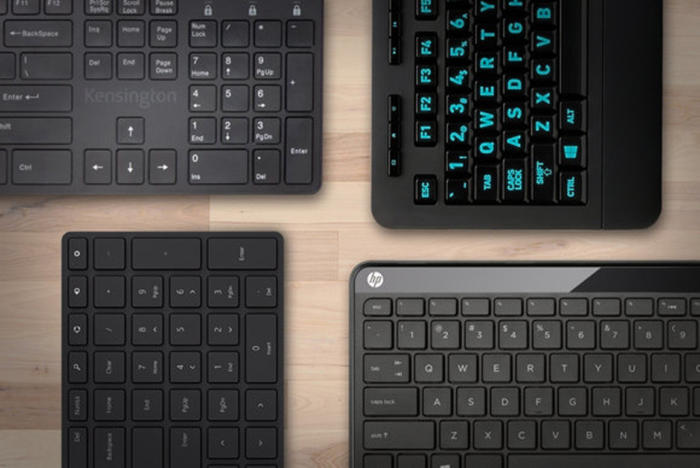 Rob Schultz/IDG
Rob Schultz/IDGAgain, yes, your laptop already has a keyboard. But again, most of them aren’t the best for extended typing sessions. They’re built with portability concerns in mind rather than marathon workdays. For a more comfortable experience, consider investing in a desktop keyboard instead. Your hands will thank you.
Microsoft’s specialized, incredibly popular ergonomic keyboards can be found starting at around $50 via the company’s online store, and it offers several standard keyboard-and-mouse bundles as well, both wired and wireless. This wired keyboard and mouse combo only costs $30 and it’s loved by users.
We’ve tested dozens if not hundreds of keyboards over the years to identify the cream of the crop. If you prefer the feel of genuine mechanical switches, check out our roundup of the best gaming keyboards. If you value versatility, on the other hand, visit our guide to the best wireless keyboards. Keyboards have been selling fast in recent days, however, so you might need to search beyond Amazon’s walls for your chosen model.
Headphones
 Rob Schultz / IDG
Rob Schultz / IDGWhether you just want to jam your tunes in peace or need to call into video meetings without annoying everyone around you, headphones are a must. Our guide to the best gaming headsets can help you find a comfortable pair that sounds great and includes a microphone—another must for Zoom or Skype. Be mindful of what’s needed to connect the cans to your computer, however. Many simply use a 3.5mm audio connection, while others demand a USB port. Make sure your laptop can handle what you buy.
Our expertise at PCWorld is limited to gaming headsets. Our sister sites reach further, however. TechHive’s list of the best headphones sticks to more of a musical focus, while Macworld maintains roundups of the best Bluetooth earbuds and best true wireless earbuds, both of which tend to be cheaper than full-blown headsets. And if you don’t mind looking like one of the Borg, you can find single-ear Bluetooth hands-free headsets on Amazon for pretty cheap, like this one for $18.
In a pinch, though, the free headphones that came with your phone should work with your laptop just fine—at least if they use a standard connection. If yours came with an iPhone and only packs a Lightning connection, you’ll need to get a $9 Lightning-to-3.5mm adapter, or a $19 Lightning-to-USB adapter depending on what your laptop requires. Bonus: Most headphones that come with phones also include a microphone that you can use for calls.
Webcam
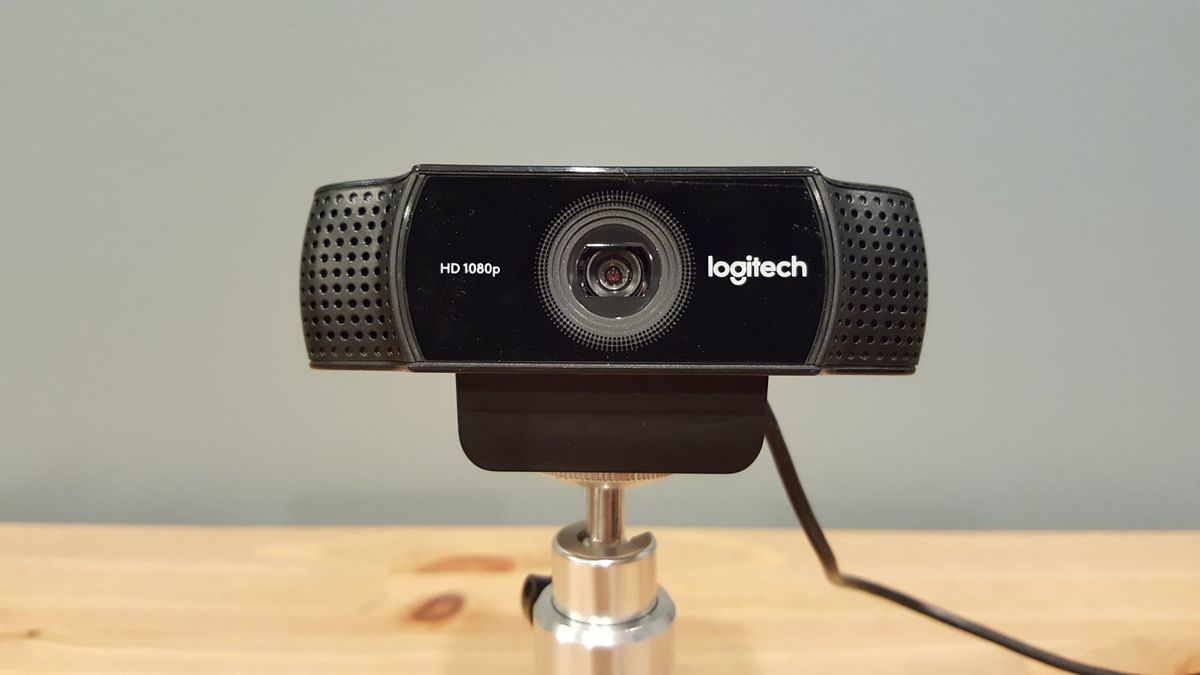 Hayden Dingman/IDG
Hayden Dingman/IDGLogitech’s C922 webcam.
By this point, if you need a webcam to work from home, you know it. Now for the bad news: Everyone else has already realized it too, and the best webcam models (like Logitech’s superb C922) are sold out, shipping far in the future, or selling for insane prices everywhere. It sucks.
But all isn’t lost.
We’ve been pleasantly surprised by both the performance and the ongoing availability of Aukey’s 1080p webcam, which you can consistently snag for anywhere from $45 to $55. If you’re getting desperate, Intel’s radical Real Sense camera is still in stock for $79, offering a crisp 1080p camera—but no integrated microphone, so you’ll need to bring your own or use your headset’s mic. It also doesn’t have a mount for your laptop, though it comes with a small aluminum tripod. Better yet, if you want to try to jury-rig a solution together using tools you already have, we’ve got tutorials on how to turn your iPhone, Android phone, and DSLR, GoPro, or camcorder as a webcam.
External storage
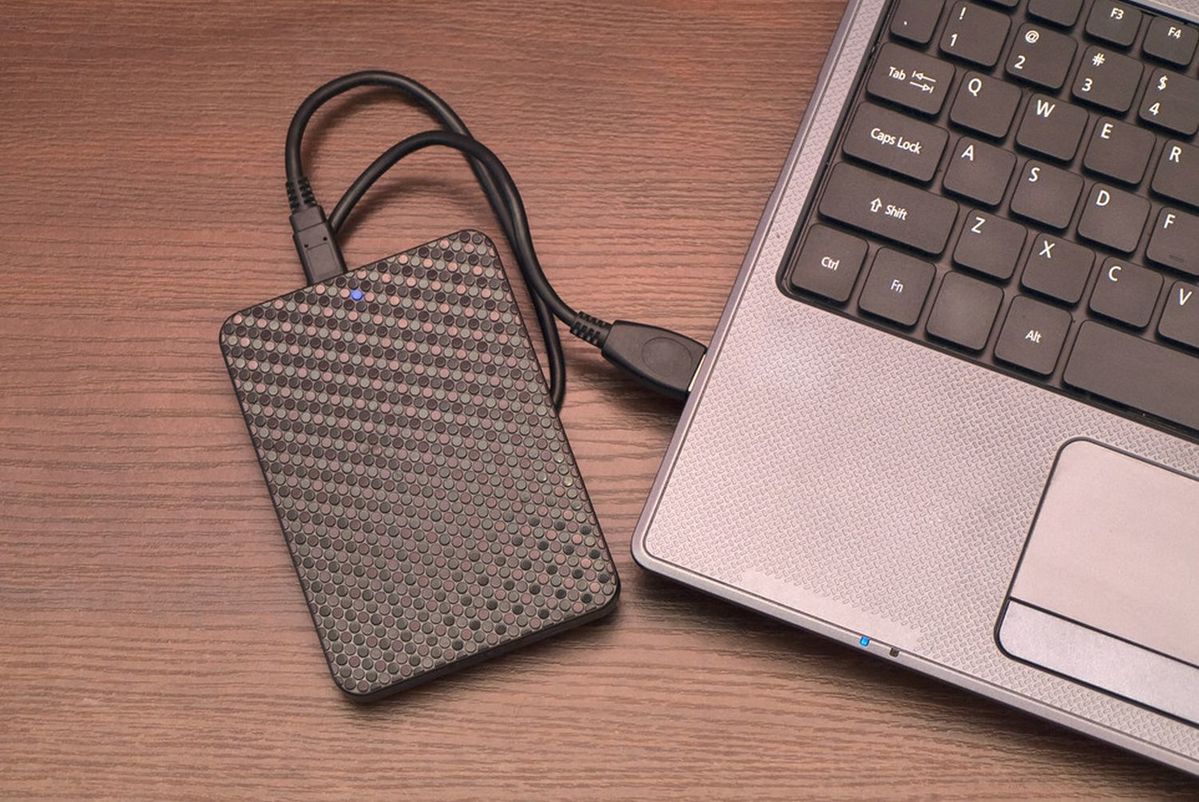 IDG
IDGA lot of laptops only pack in limited storage capacities. It’s not unheard-of for ultra-thin laptops to sport a meager 128GB SSD. If you need to suddenly shuffle a bunch of work files around your personal files—or just want to keep those work files separate from your personal files—consider an external drive. These simply plug into your computer’s USB port and appear as mass storage in Windows, though some especially hefty options require you to plug into a wall socket for power, too. (They’re typically labeled as “external desktop” drives.)
If you need to supercharge your computer’s storage to fit everything, check out our guide to the best external drives for both tried-and-tested recommendations and general buying advice. Adding a full terabyte or two costs well under $100, and you can find SSD options if you require speedier storage, too.
A second monitor
 Getty Images
Getty ImagesMultiple monitors are a must for true multi-tasking. If you have the space, connecting a second display to your desktop or laptop lets you have many more programs open and visible at once (or dedicate a screen to YouTube, Twitch, or Twitter—you know, for your mental health).
Again, many people have realized this, and monitors are selling for more than they used to. Fortunately, you can still get a basic 1080p display pretty cheap. This 24-inch Spectre monitor costs $103 and ships within a week, for example, as does this $130, 24-inch ViewSonic display. If brightness and viewing angles matter to you, consider spending a bit more on a display with an IPS or VA panel rather than TN, like this $150 BenQ model. TN displays tend to be a bit duller and need to be viewed straight-on, but they’re generally cheaper (and slightly more responsive, if you’re a gamer). For basic office work anything works, though. With the speed at monitors are selling these days, you may need to shop around, but you’ll find something, somewhere.
Once you’ve got another display in hand, our guide to setting up multiple monitors can help you get squared away. In a pinch, you can even use your HDTV as a second monitor!
USB hub
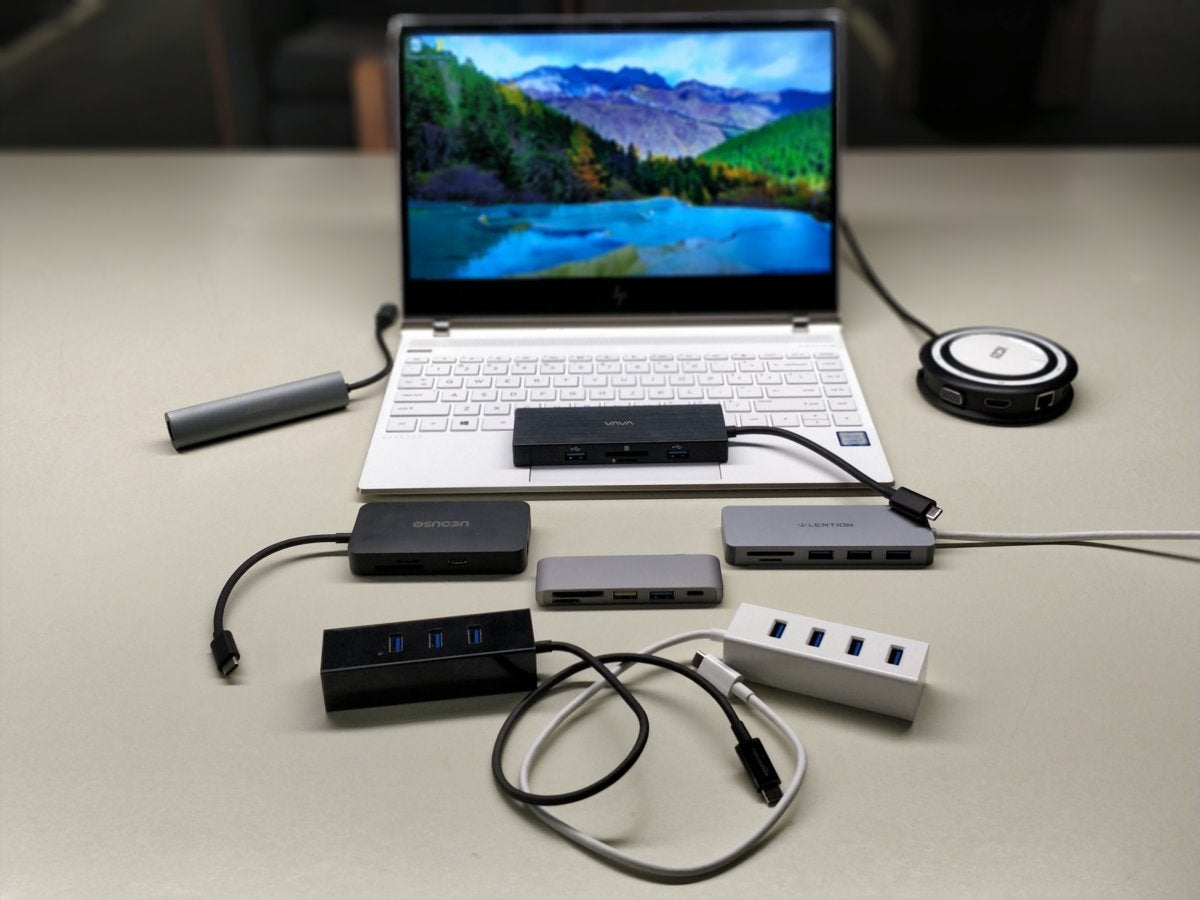 Mark Hachman / IDG
Mark Hachman / IDGAll these accessories don’t come free; each demands a crucial port to connect to your PC, and those ports are limited, especially in notebooks. That’s where USB hubs come in. USB hubs (also called USB adapters) plug into a single USB port on your computer, then split that into a slew of different connections—even SD card slots in HDMI ports in some cases.
USB adapters vary wildly in price and capability, so be sure to shop for what you need. If you have a relatively new laptop with a USB-C connection, be sure to check out our roundup of the best USB-C adapters for concrete, thoroughly evaluated recommendations.
On the low end, this basic $10 Sabrent hub turns one USB 3.0 port into four. I own it and love it, though it may not work for devices with heavy power draws, like external storage or blinged-out gamer keyboards. On the higher end, this $60 Anker USB-C hub transforms a single USB-C connection into another Thunderbolt 3 USB-C port with 100W power deliver, a standard USB-C port, two USB 3.0 ports, a microSD card reader, and an HDMI port that can support 4K monitors at a sluggish 30Hz, or lower resolutions at higher refresh rates. A wide range of options exist between the two.
A surge protector
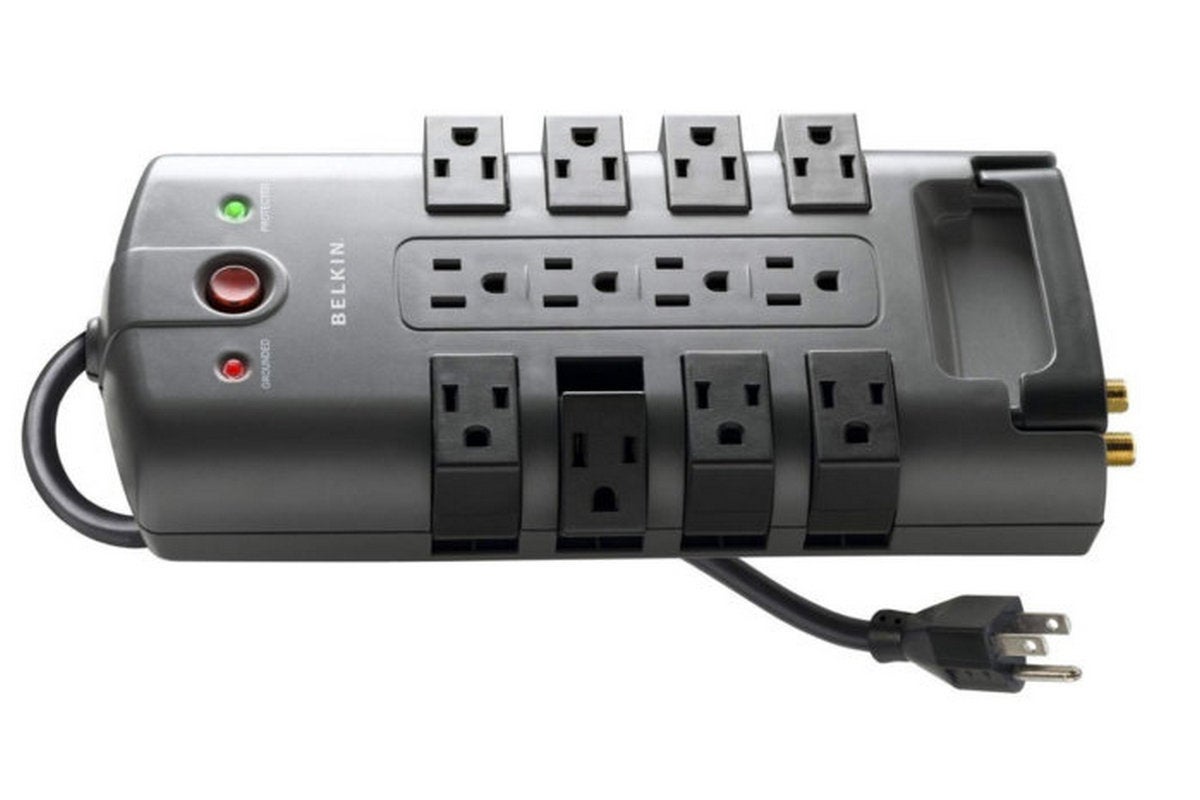 Belkin
BelkinKeeping all your devices charged can be tricky if you’re using them all day. And you want to keep them protected against electrical surges. Our guide to the best surge protectors can help keep your gear fully charged—and safe. Most of our favorites cost between $30 and $50, so they won’t break the bank.
If you’re simply interested in supplying power to multiple devices at once, check out the $20 Anker PowerPort Cube. This diminutive power “strip” is a mere 2.5-inch cube, but still packs a trio of AC outlets as well as three power-granting USB ports. It’s great for charging a bunch of devices in a tiny space.
A comfortable seat cushion
Whether it’s a kitchen chair or a sofa, sitting all day on any one thing can get uncomfortable too. Even if you don’t want to splurge on a pricey office or gamer chair, investing in a dedicated seat cushion is well worth it. This Plixio memory foam seat cushion costs $27 and comes highly rated by users. A wide variety of shapes, sizes, and designs are available on Amazon, with most costing between $30 and $50. Keep an eye on those ship dates, though.
Laptop stand
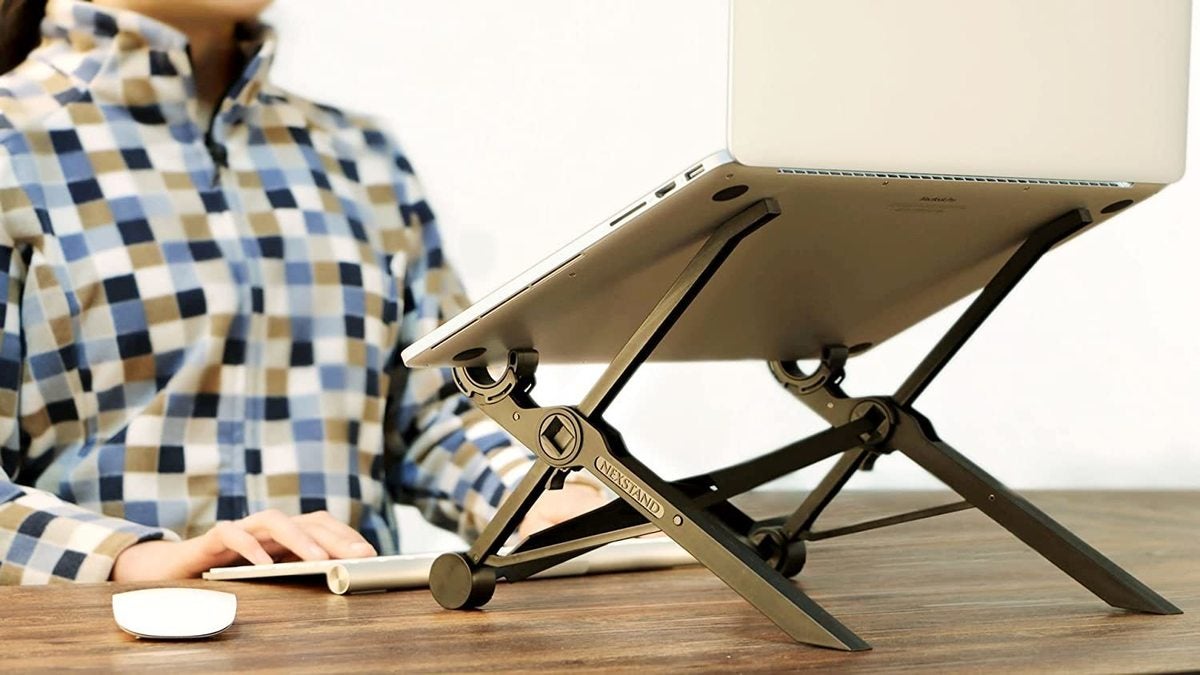 Roost
RoostThe Roost Stand.
Using your laptop or a table or counter? Get it up to eye level to stop straining your neck all day. Ergonomics matter! That said, laptop stands work best if you’re also using an external keyboard and mouse, so you’re not lifting your arms while you’re lifting your eyes.
This aluminum desktop stand costs $33, works with any laptop with a 10-inch to 15.6-inch screen, and ships within a week. This $25 monitor stand, on the other hand, also works with laptops and includes a spacious undersection for storing paper, pens, and other materials. It’s pricier, but our Alaina Yee likes the $90 Roost stand, which works universally with almost all laptop models.
If you don’t want to spend money on a stand, you can also just pile boxes up to get your notebook off your desk, though that’s obviously a much more precarious situation—especially if you have cats or kids that might bump into the table and send everything flying.
Helpful software
This guide has mostly focused on physical accessories, but certain software can help keep things running smoothly too.
You can’t work if your computer’s slowed down or locked up by malware. Stay safe by running security software and running away from shady links in your inbox or Facebook feed. We’ve got a guide to the best free antivirus solutions. Those focus strictly on scanning for malware, though. Paid security suites add in many additional features, such as protection against phishing and malicious Web ads, online backup for important files, mobile apps, advanced firewalls, family controls, and more. Check out our guide to the best antivirus for Windows if you need one of those more holistic solutions.
Backing up your data is one of the most important tasks you can perform, and that goes doubly so when you’re storing work files on your home computer. At a bare minimum, you should stash copies of critical files on an external drive or USB key. But we recommend a more robust backup system. Head over to our guides on the best Windows backup software and the best online backup services to see the best, most versatile options. Online backup services are simpler, largely performing their chores in the background with no effort on your part, while local software tends to offer more flexibility.
More work from home resources
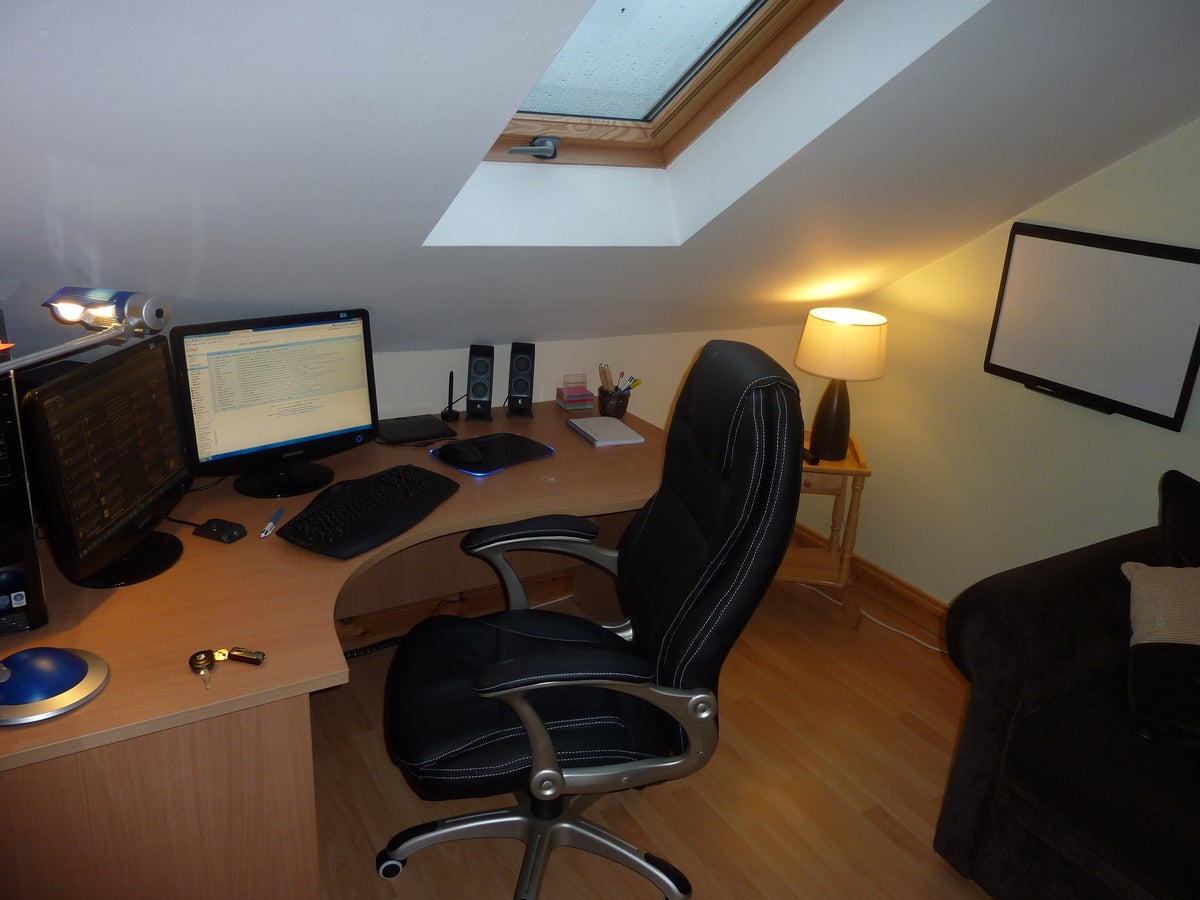 Sean MacEntee / Flickr
Sean MacEntee / Flickr Having the right gear can make working from home much easier. But buying stuff isn’t your only option for staying productive while you’re staying safe. We’ve got a practical guide to working from home, with tips on defining your space, keeping an eye on your data cap, and more. We’ve also got a tutorial on maintenance you can do to keep your technology working smoothly, because downtime due to a freaking-out router or clogged-shut desktop isn’t anything you want.
Finally, we’ve also created a guide on how to tune Windows 10 for laser-focused productivity. Microsoft’s operating system is brimming with features and tools that can eliminate distractions and streamline your workflow, but they aren’t always easy to find.
Editor’s note: This article originally published on April 13, 2020, but was updated with up-to-date product information and to remove references to ship time constraints.
Note: When you purchase something after clicking links in our articles, we may earn a small commission. Read our affiliate link policy for more details.
Senior editor Brad Chacos covers gaming and graphics for PCWorld, and runs the morning news desk for PCWorld, Macworld, Greenbot, and TechHive. He tweets too.


